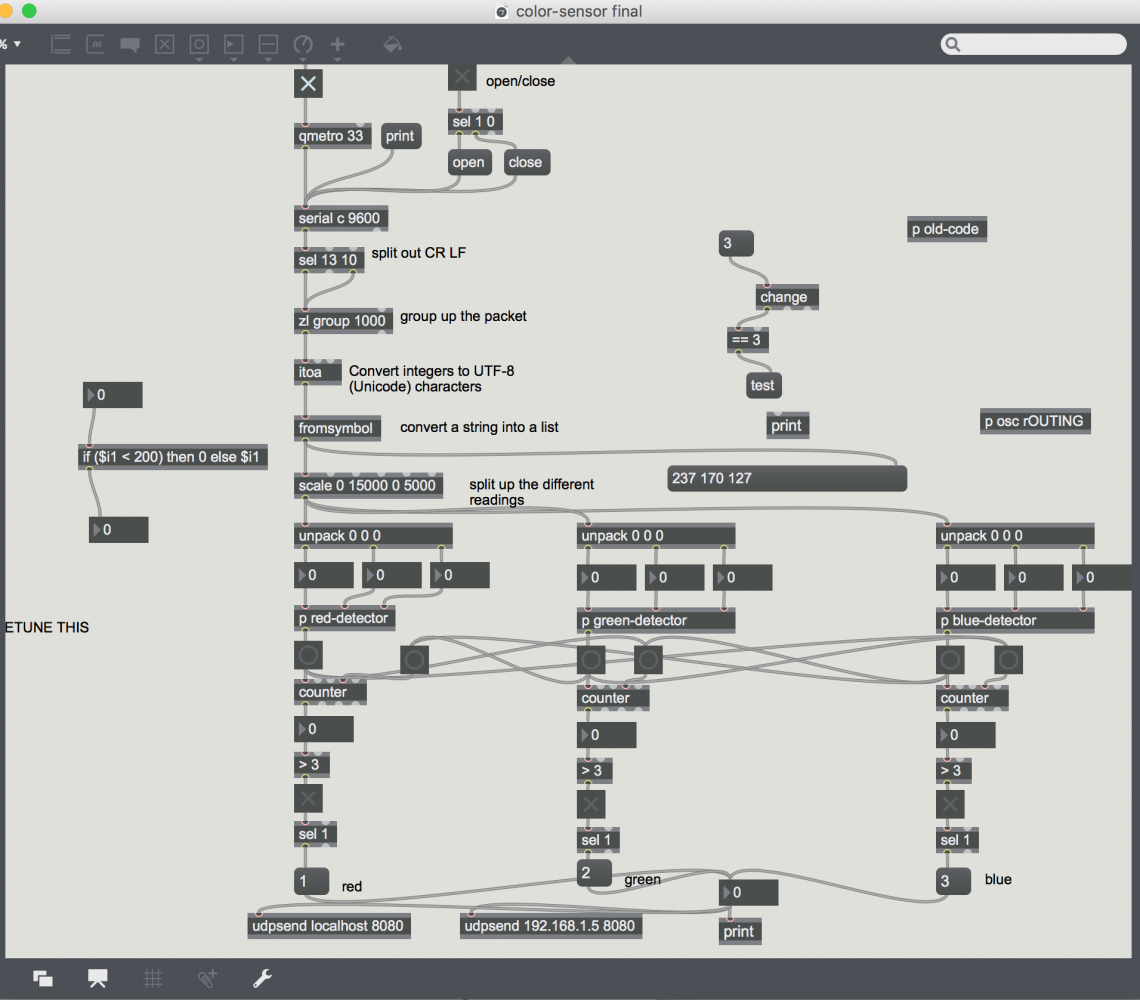“Time Machine” is a room-scale, immersive installation that was made in a class called “Bodies in Motion” which pairs students from NYU Tandon’s Integrated Digital Media (IDM) program with students from Tisch’s Interactive Telecommunications Program (ITP) to explore cutting-edge motion capture technology.
“Time Machine” examines human movement from the1920s up until the Future and tells the narrative that humans are moving closer to machines through technological dependence. By interacting with crystal balls that triggered time travel, “Time Machine” takes the audience to three different time periods in Times Square: The past, the present and the future where a small dance performance from each period comes to life.
During the Showcase
The audience was ushered into a studio in small groups, and members were chosen to place glowing crystal balls on a pedestal, launching different environments beginning with the 1920s. A cyborg-inspired performer wearing a motion capture suit, delivered the third crystal ball, representing the future. When it was placed on the pedestal, a futuristic New York materialized, with the performer mirrored by a phalanx of robotic dancers moving in unison.
Our Process
We fabricated a podium that housed circuitry that was able to recognize each crystal ball by color using a color sensor. Circuits sent wireless data to a computer that then loaded the virtual environment.

The environments were rendered through Unreal Engine and animations created through motion capture technology. During our installation, in the final Cyberpunk Dystopia futuristic scene, our performer was wearing a motion capture suit and therefore, live motion capture could be accomplished. The animation data was mapped to the 3D models of the robots and therefore the 3D models performed the same actions as the performer.
Produced by: Alexia Kyriakopoulos, Vhalerie Lee, Huang Jing and Luqian Chen
Special thanks to: Todd Bryant
Made With
- Opti Track – Motion Capture Systems
- Unreal Engine
- Max/MSP/Jitter
- TouchOSC
- C++




